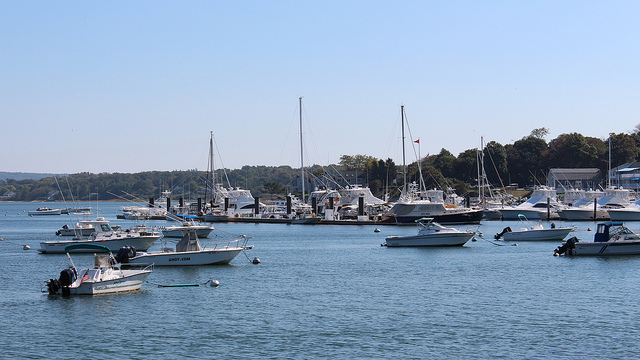By JAMES GILL, EDMUND SANDOVAL, ELIZABETH WITTE, RALPH SNEEDEN, ELIZABETH METZGER, OLIVIA WOLFGANG-SMITH
We’re taking this month to revisit books from our pasts, and find new ones that will stay with us. Some of these titles are old favorites, which have found their way back to their recommenders after years apart. Others are books long unread but known by reputation, “by proxy,” finally experienced. We are reading both echoes built on classics and violent shifts from the familiar. These are books both for everyone and specifically for you. They will linger with their recommenders—with all of us—long after reading, into “every possible future.”
Recommended:
Junior College by Gary Soto, Karate Chop by Dorthe Nors, Lolita by Vladimir Nabokov, Remembering Babylon by David Malouf, Aeons by Max Rivto.








